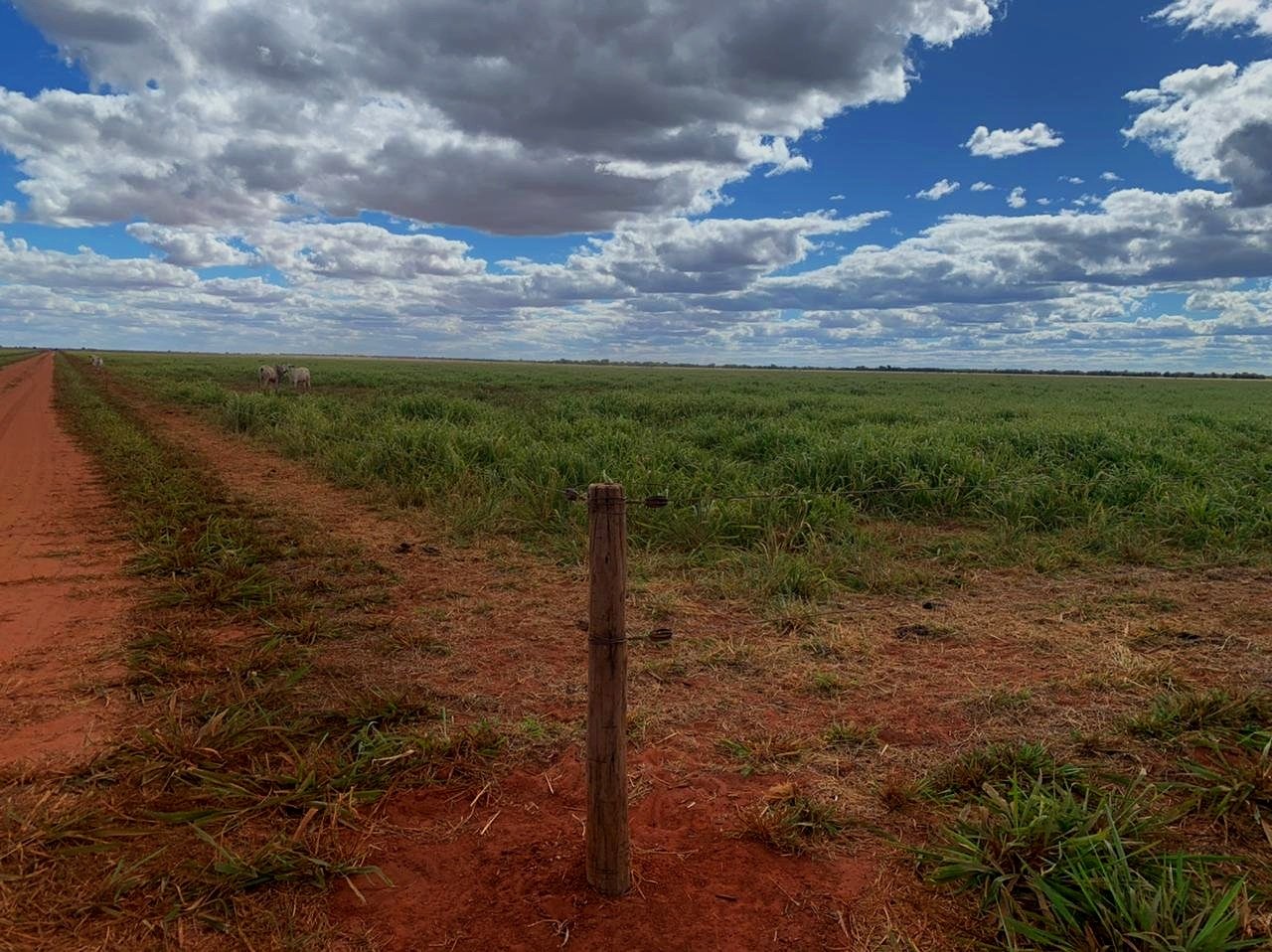Green triumph
From no-till farming to crop-livestock integration and investment in bio-inputs, the Manjabosco Group shows how sustainable agricultural practices promote the health of both the soil and their business
After more than thirty years back and forth between the states of Rio Grande do Sul and Bahia, about 2,500 km apart, and since he graduated in agronomy in 1999, Eduardo Manjabosco, a "gaúcho" from Rio Grande do Sul, has personally followed all the planting and harvesting on his family's farms, in the Luiz Eduardo Magalhães region of western Bahia. His father, Adil Arlindo Manjabosco, arrived earlier, in the late 1980s, looking for land in Brazil's new agricultural frontier. When he bought the “Fazenda Triunfo” (Triumph Farm), in 1989, Bahia's savannah was still sparsely used for agriculture. "There was almost nothing in the region. My father saw some soy plantations and decided to give it a try", he says. And he didn't regret it. As soy and corn farmers, the Manjabosco's have invested in building up straw stubble for no-till farming, they integrate livestock and crops, defend the use of bio-inputs, and show that these sustainable agricultural practices are fundamental to guarantee the health of their soil - and their business. "The soil is our greatest asset. All our decisions in the field must be made for the long term," says the farmer.
Eduardo Manjabosco
The Manjabosco family's experience is part of the recent history of changes in rural Brazil. As farm machinery dealers, they saw family farmers on their small plots, using animal traction, take leaps with the arrival of tractors and sprayers in the 1960's. "My father didn't own a single hectare of land. At that time, with the success of the business, my family started to invest in agriculture. That was when they started buying land in Rio Grande do Sul," says Eduardo. Over the next decade, after a decline in sales, the family decided to expand their farming activities and buy new, plentiful and cheap land, further north in the country. "A friend invited my father to come to western Bahia. He had a real estate company in Barreiras. My father went in February 1989. A hectare of land was worth US$100 at the time, the equivalent of about ten bags of soybeans on average," he tells us.
There were many challenges upon arrival in Bahia. Logistics were lacking, from silos to transportation for the harvest, as well as technical knowledge about the soil and the specific seeds best for the region. Poor, acid soils in the Brazilian Cerrado requires special fertilization techniques very different from the south. "I arrived in Bahia wanting to recommend liming and fertilization based on our rules and techniques in Rio Grande do Sul, and I was wrong," says Eduardo. "I realized that we needed to increase the lime to make it reach the deeper soils. The soil fertility was very superficial. Any hot spell would compromise yields," he adds. First, they had to prepare the soil to let the lime go down deeper into the soil. Then, the amounts of phosphorous, potassium and sulfur were also adjusted, as well as micronutrients like copper and boron, to the levels they still use today.
Research and development for sustainable agricultural
The lime application – or "liming" – technique developed by Embrapa has turned the Cerrado's acidic soil into arable farmland. Investments in agricultural research and development have made it possible to adapt soybeans to tropical climates. Bacteria inoculated into seeds have helped capture nitrogen from the air, allowing higher yields with less fertilizer. And the growing use of no-till farming – an integrated management technique involving minimal surface disturbance, the use of straw mulch as a plant cover, and crop rotation – provides more organic matter and helps absorb water and nutrients, bringing less erosion, preserving natural resources, and improving the soil's biodiversity and fertility.
Used in Brazil since the 1970s, mainly in the South, no-till farming is practiced on some 33 million hectares throughout the country, according to IBGE data, and has increased yields by improving soil conditions, with lower production (pesticide) costs due to fewer pests and diseases, and by improving soil quality by using cover crops that protect the soil from erosion, sunlight, and weeds. Data from Embrapa show that no-till farming helps to increase profitability for farmers, with up to 50% higher soy yields, compared to conventional soy crops.
No-till farming in Western Bahia
For Eduardo Manjabosco, the no-till system is fundamental to enjoy higher yields, along with environmental preservation and soil conservation. The results, he says, appear in the medium term and represent an ongoing investment in care for the soil and harvests. But he warns: to work, no-till must be done as an integrated and complete system. It is not enough to do just one of its tripods. "No-till farming with no straw doesn’t work. We know it’s expensive to produce straw and spend money on new seeds. But it's the only way. It's part of our learning process: test, observe, and analyze what works", he says.
Corn is the crop with the highest rates of dry matter production needed to cover the soil in no-till farming. "Here in Bahia, there is no way that no-till can be sustainable without corn", he says. Currently, the farmer uses 25% of his land to grow corn, and he is studying whether to increase this area to 33%. However, difficulties with logistics and corn sales have made the operation more expensive, reducing the market for corn and, with it, growth of this crop in the region. Until the corn market gets structured, the alternative is to invest in brachiaria and panicuns (summer grasses) that meet no-till's high demand for stubble. "We were pioneers in cultivating post-soy mombaça [Guinea grass (Megathyrsus maximus)]. These perennial grasses, which have come into the region very strong in recent years, can be a great alternative to corn. Rotating soy with either Guinea grass or brachiaria can make no-till feasible in the long term, as alternatives to corn," he says.
Integrated crop-livestock systems
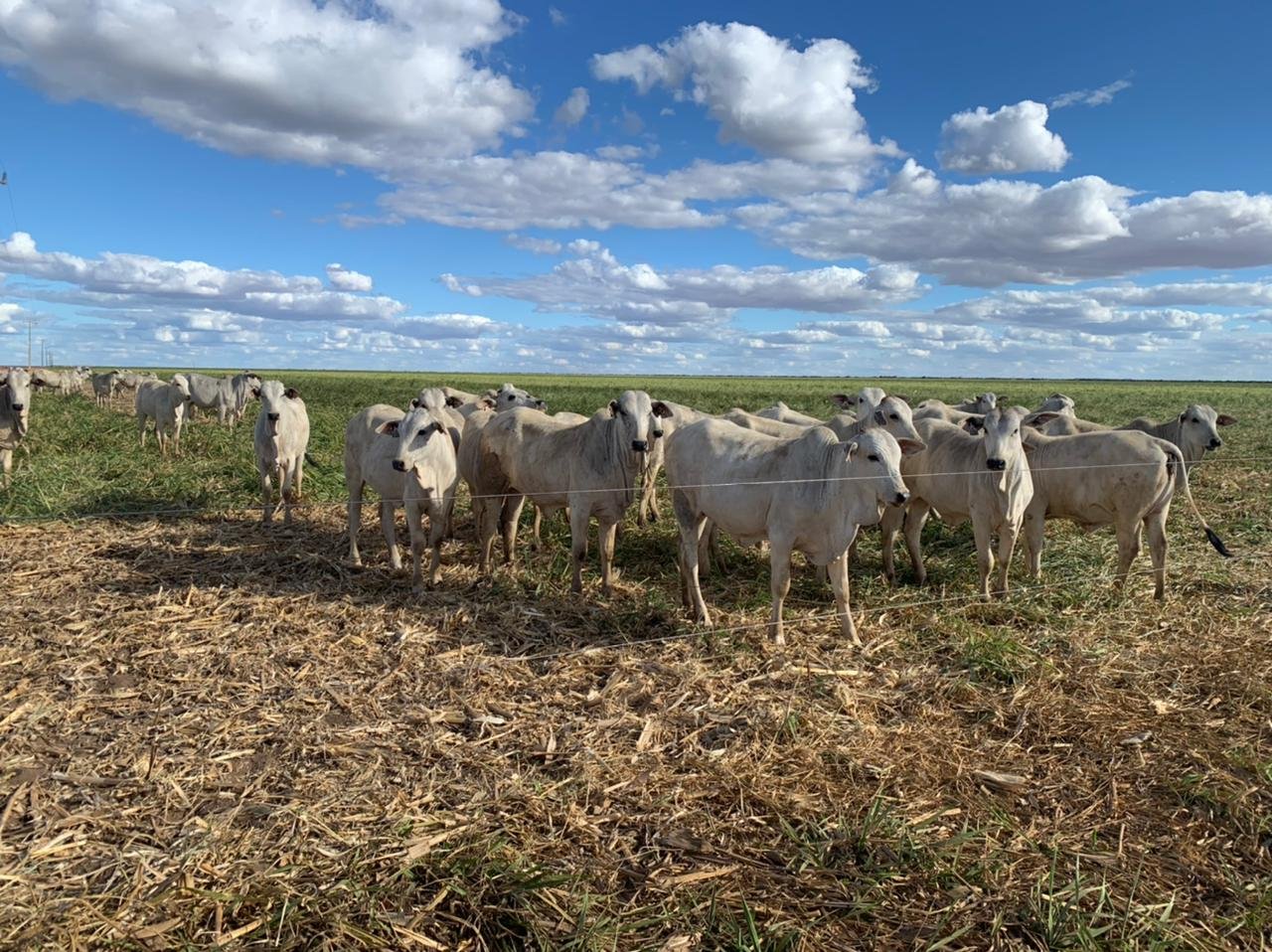
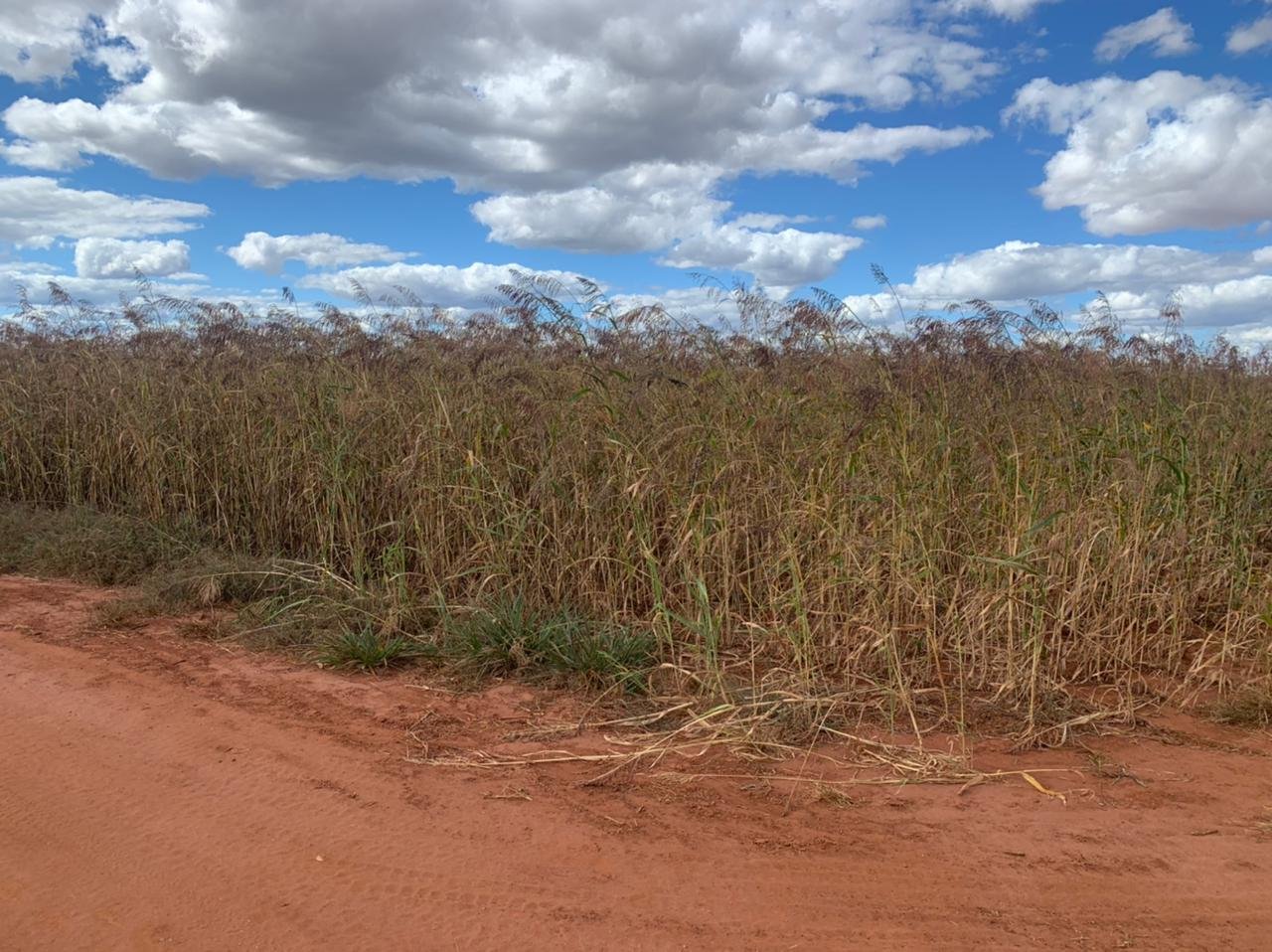
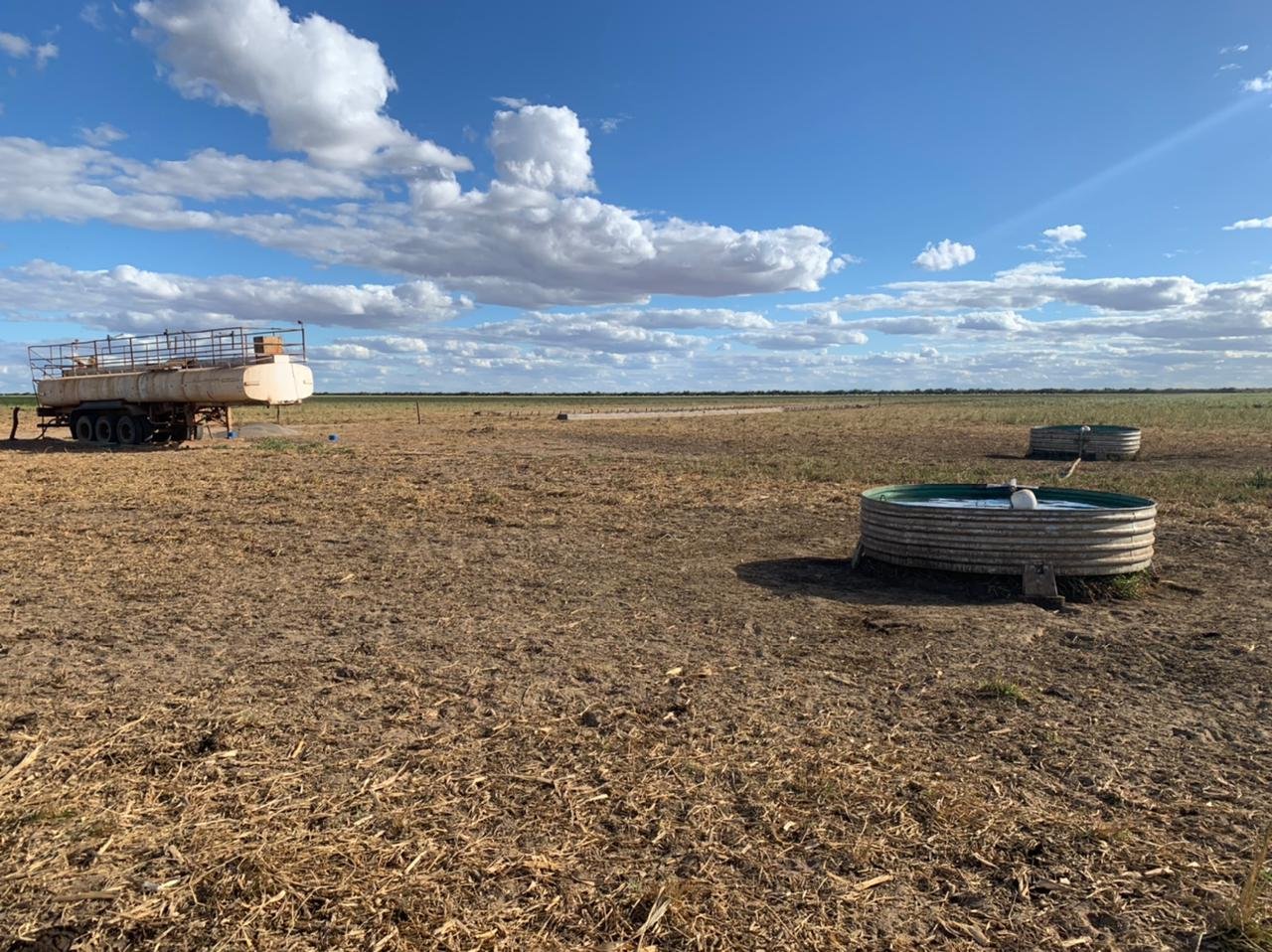
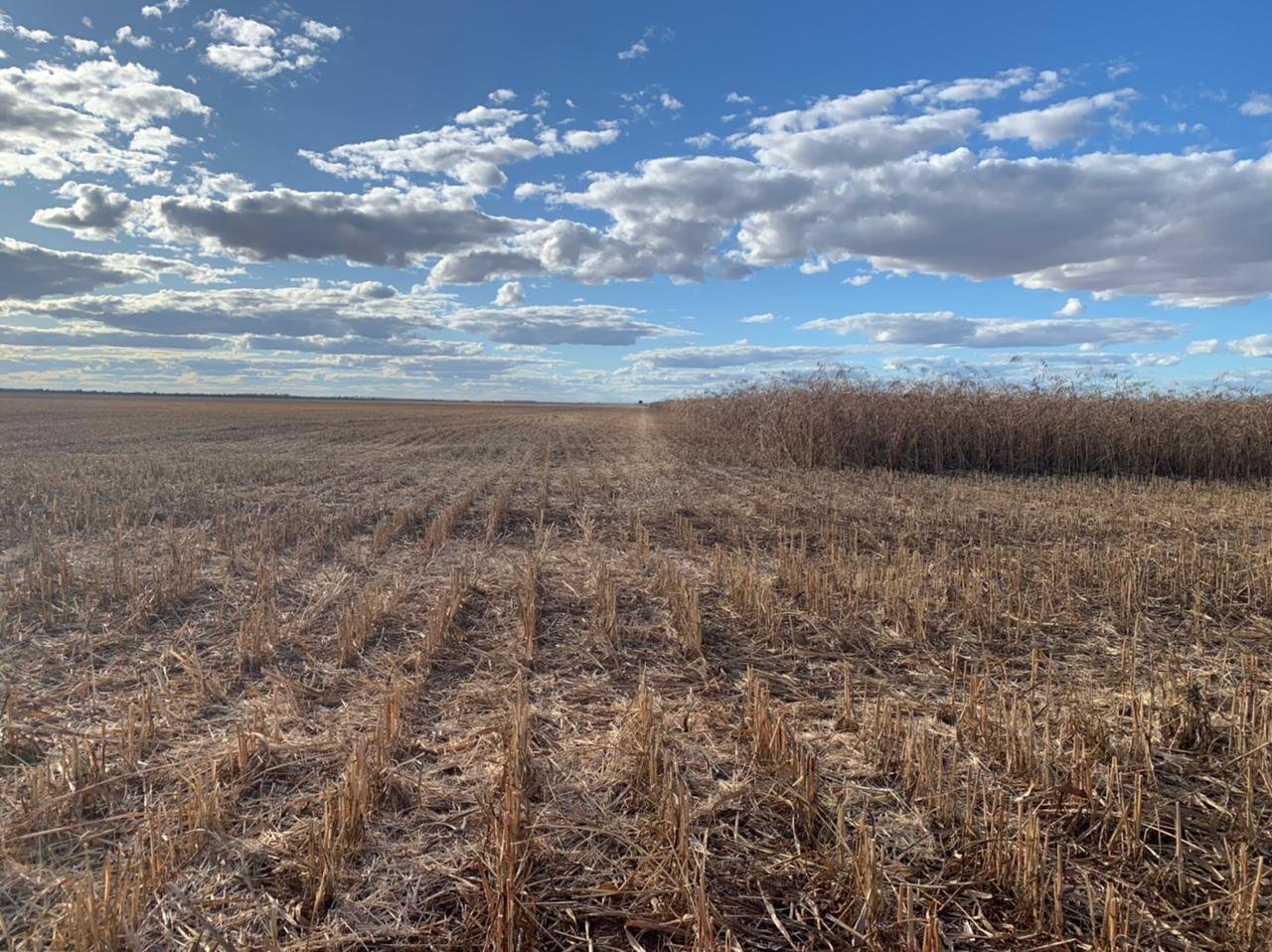
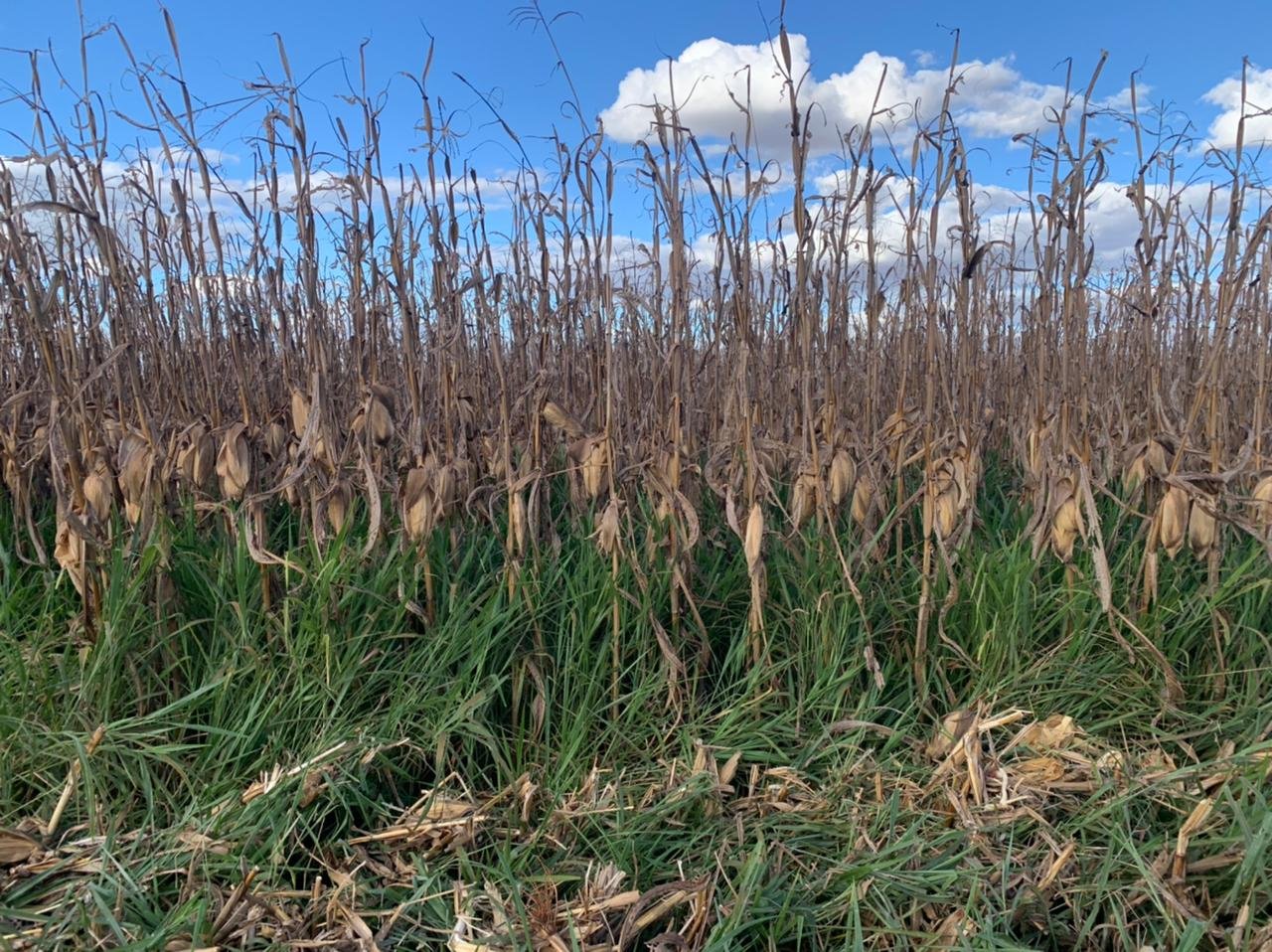
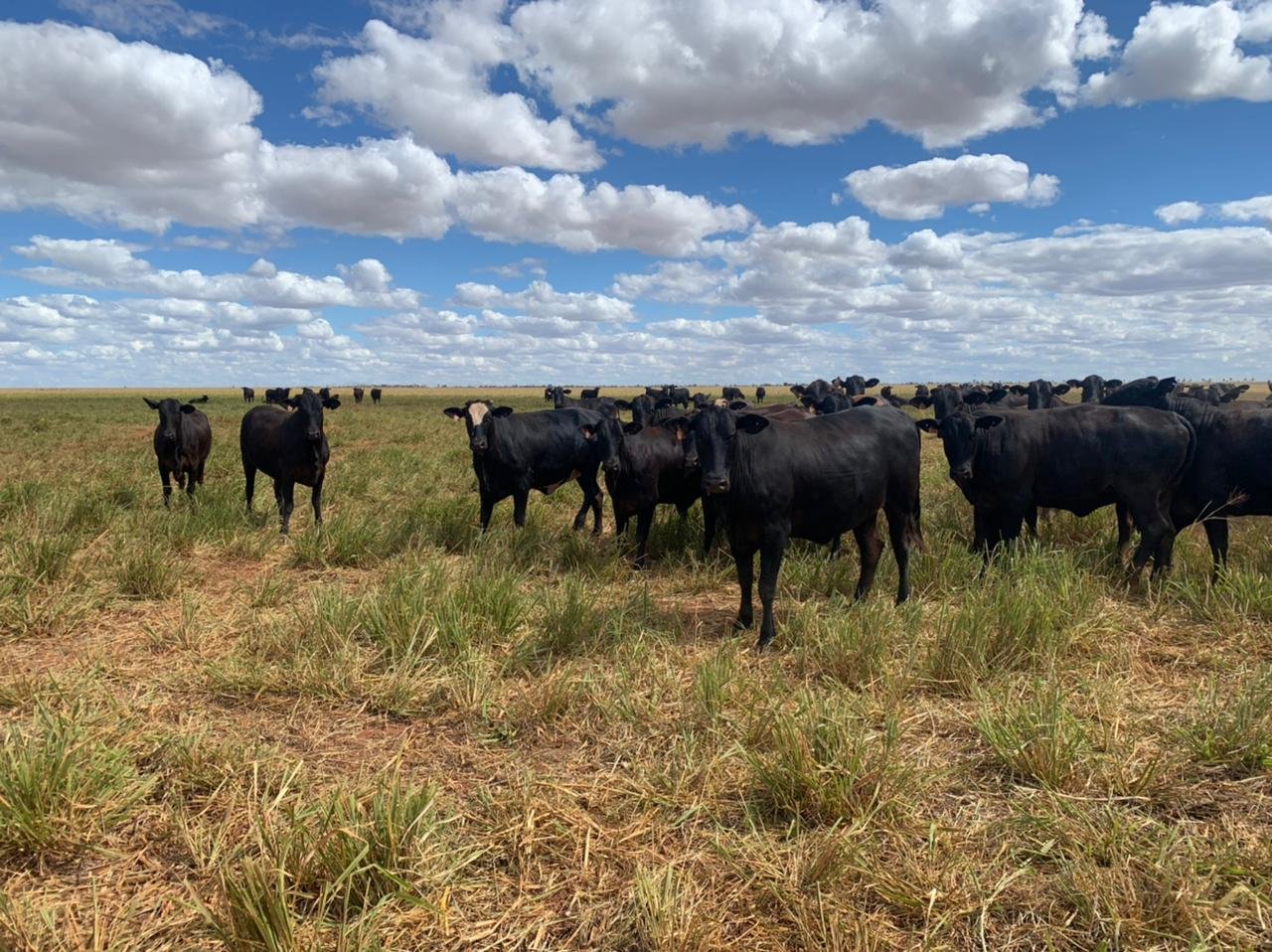
Another technique advocated and used by Manjabosco to couple sustainability with productivity is to integrate crops with livestock. Since 2009, upon a suggestion from Embrapa, he has used the region's dry season to set aside some land on his farm for grazing on crop land, and to measure the results. In four years of trials, the numbers were surprising: the pasture area had an average yield of five more bags of soy per hectare than the area with no cattle. "For us it was a big and pleasant surprise. Every year, we set aside a plot and divide it into two areas, with and without cattle. Afterwards, we remove the fence, plant the soy and evaluate the yields. Every year, in areas with cattle, we harvest more soy", says Eduardo.
This farmer perceives several benefits from crop-livestock integration. Areas with cattle on them enjoy a natural boost in the output of quality dry matter for no-till farming; they have better seed use rates; and they have higher organic matter content, helping make the soil more fertile and productive. "It is important to maintain a volume of forage, so the cattle won't compact the soil. In Bahia, we don't have this problem because the cows walk around on dry soil, and dry soil doesn't compact. Even in moist soils like those in southern Brazil, research shows an increase in soy yields if the farmer maintains a forage cover of 30-40cm," he explains.
Bio-inputs and carbon
The manufacture and use of bio-inputs is the latest sustainable practice to become part of the Manjabosco family's farm routines. Made from microorganisms beneficial to the soil, bio-inputs can help control pests, complement important nutrients for crops and improve general soil conditions, in addition to reducing costs and damage to nature caused by insecticides. "We are seeing a lot of results with the use of bio-inputs. I have found this approach to be very well-founded. Using fungi adapted to our farm's needs, we have seen improved soil conditions, plus major savings in the use of insecticides," says Eduardo.
He also has high expectations for the carbon market. Besides earning per ton of carbon avoided, Manjabosco defends the use of integrated sustainable practices to enjoy healthy soils and success in his business: "Carbon fixation guarantees more organic matter for the soil. And soil quality means higher yields for the farm. The soil is our greatest asset. I always say: we’re not farmers for a year. We’re not going to sell the farm next year. We have to think about the system in the long term."
Manjabosco says his agronomy background makes him prioritize the soil in all decisions made on the farm. He understands that his option for monoculture simplifies running the business and avoids having to make both major decisions and high-cost investments. But, for him, the equation to reach the best business outcome is simple: "I'm going to plant 25% with corn, and 75% with soybeans. I will rotate crops. I will use straw mulch. And I will harvest more soybeans.” Expanding business opportunities or access to financial instruments for producers who value and practice sustainable production can be a way to spread greener agriculture, to meet international demands for climate change mitigation. And Eduardo concludes that “I get upset when I see my children going to school and getting a book that says farmers pollute, deforest, and are bad for the environment. We want to prove that our greatest concern is our soil."

